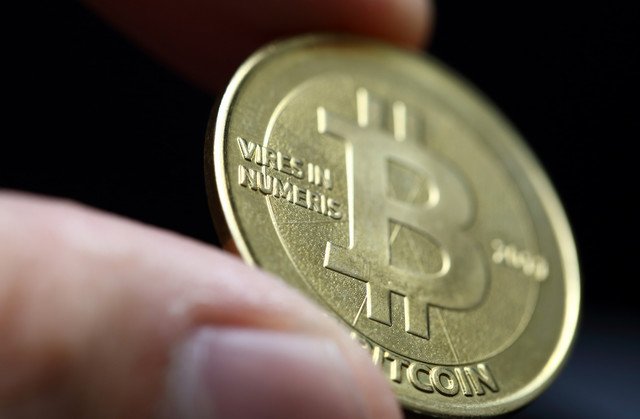
Bitcoin is often referred to as a new kind of currency, but it may be best to think of its units being virtual tokens rather than physical coins or notes.
Like many assets its value is determined by how much people are willing to exchange it for.
To process Bitcoin transactions, a procedure called “mining” must take place, which involves a computer solving a difficult mathematical problem with a 64-digit solution.
For each problem solved, one block of bitcoins is processed. In addition the miner is rewarded with new bitcoins.

This provides an incentive for people to provide computer processing power to solve the problems.
To compensate for the growing power of computer chips, the difficulty of the puzzles is adjusted to ensure a steady stream of about 3,600 new bitcoins a day.
There are currently about 11 million bitcoins in existence.
To receive a bitcoin a user must have a Bitcoin address – a string of 27-34 letters and numbers – which acts as a kind of virtual postbox to and from which the bitcoins are sent.
Since there is no registry of these addresses, people can use them to protect their anonymity when making a transaction.
These addresses are in turn stored in Bitcoin wallets which are used to manage savings.
They operate like privately run bank accounts – with the proviso that if the data is lost, so are the bitcoins owned.
[youtube WcNGls7y3b8 650]